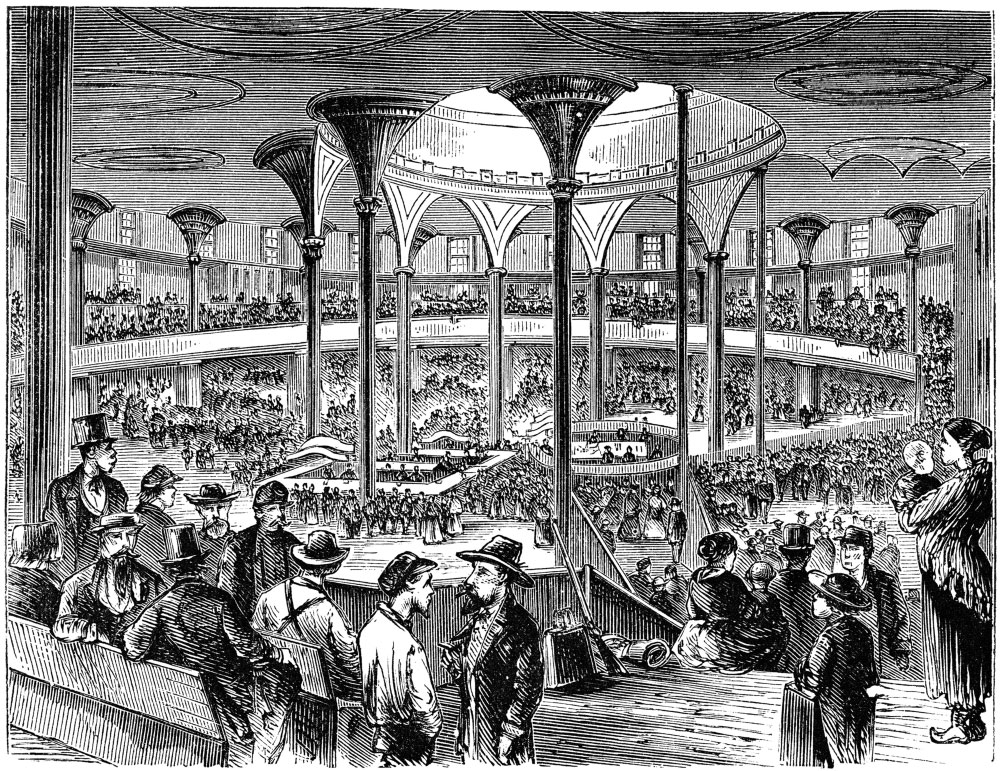Apart from this being the year after WWII ended--and my father and uncle were now out of the Army--what was life like for them in 1946?
- Baby boom and housing shortage. Returning soldiers (like Dad), sailors, and Marines wanted to settle down with a family and a place of their own, but high birth rates and high demand for housing quickly led to a shortage. Mom and Dad started looking for an apartment as soon as they got engaged (New Year's Day, 1946) and within a few weeks it was clear that they'd have to wait till November to get married, to allow enough time to find a place. My suspicion is that they also needed to save money for the wedding and honeymoon. After all, Dad only got out of the service in October, 1945 and set himself up in business later that fall. The continuing shortage proved a challenge when Mom became pregnant in mid-1949 and they needed more room than their basement apartment in Queens provided. Ultimately they moved to the apartment building where Dad's mother, brother, and sister lived in the north-east Bronx.
- Broadway and Hollywood were thriving. Being native New Yorkers, my parents loved Broadway and saw shows while engaged and then after marriage. Which ones? I don't know too many specifics, but in 1946, they had lots of what are now considered classics from which to choose: Life with Father, Oklahoma, The Glass Menagerie, and Carousel. No wonder my parents would occasionally break out into tune (or my father would whistle) some of the show tunes from their younger days. Mom was an avid movie-goer, too, as letters written to her indicate. Among the movies that year were The Best Years of Our Lives, The Virginian, and Hitchcock's Notorious. Certainly they went to neighborhood theaters, which were posher then than now, but possibly also went to Radio City Music Hall for song/dance and movies too.
- Nuremberg trials continued. Since Dad and Uncle Sidney both served in Europe, they no doubt followed news of the Nazi trials in Nuremberg. Growing up, our family friends included a couple who had numbers tattooed on their arms from their time in concentration camps. The war was over, but the aftermath was real and close to home.
- New York City was growing and optimism ruled. Mayor O'Dwyer brought Robert Moses in to head city construction projects; Moses was part of the team that negotiated to bring the UN World Headquarters to Manhattan. Earlier, he had created Jones Beach on Long Island, where many NYers went (and still go) for fun in the sun; he also masterminded many of the main highways and some bridges that connect the boroughs. New York was on an upward path and many residents, including my parents, were excited about the possibilities of living and working in the city.


